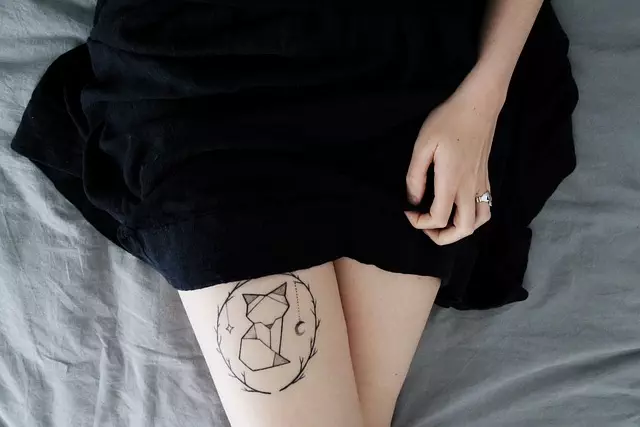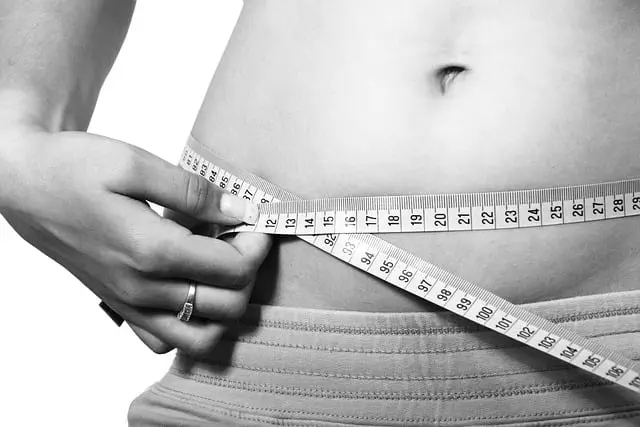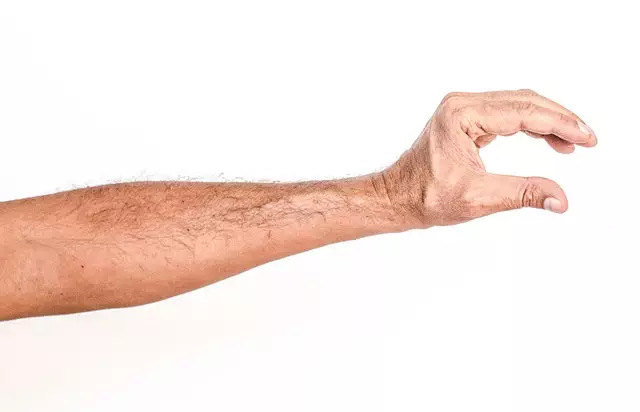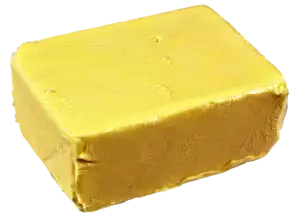Thigh and arm fat freezing is a non-invasive, safe alternative to surgical body contouring, using advanced cold therapy to target and eliminate outer thigh and arm fat cells. Suitable for individuals with healthy weight or mild obesity who struggle with diet and exercise, it offers minimal downtime, discomfort, and potential health benefits by reducing risks of metabolic disorders. The procedure involves a consultation, cooling technology application, and post-treatment care. While generally safe, temporary side effects like redness, swelling, and numbness may occur, necessitating consultation with a healthcare provider. Adopting a healthy lifestyle after treatment is key to preserving results, with noticeable reductions in stubborn fat deposits seen after 2-4 treatments. Thigh and arm freezing differ slightly in terms of settings and applicators due to anatomical variations.
Outer thigh fat freezing is a non-invasive body contouring treatment gaining popularity for its effectiveness in reducing stubborn fat deposits. This procedure, also known as cryolipolysis, selectively targets outer thigh fat without damaging surrounding tissues. By freezing and destroying fat cells, it offers a safer and more affordable alternative to surgical procedures like liposuction. If you’re considering thigh or arm fat freezing, this comprehensive guide will walk you through the process, benefits, potential risks, and maintenance tips for achieving your desired results.
Understanding Outer Thigh Fat Freezing: A Non-Invasive Approach

Outer thigh fat freezing is a non-invasive, cutting-edge approach to slimming down problem areas. It involves using advanced cold therapy technology to target and freeze unwanted fat cells in the outer thighs, leading to a reduced appearance of cellulite and a more contoured silhouette. Unlike surgical procedures, this method offers a safe and effective alternative for those seeking body contouring without incisions or lengthy recovery times.
This treatment is particularly popular for treating stubborn fat that resists diet and exercise. By freezing the fat cells, the body naturally processes them as waste, leading to permanent results. Thigh and arm fat freezing has gained traction due to its convenience, minimal downtime, and impressive outcomes. It’s a game-changer for folks aiming to achieve a slimmer, more toned look without extreme measures.
How Does Outer Thigh Fat Freezing Work?

Outer thigh fat freezing is a non-invasive procedure that utilizes targeted cooling technology to break down and eliminate fat cells in the outer thigh area. During the treatment, a device applies controlled cold to the skin, penetrating the fat layer without causing significant damage to surrounding tissue. This process triggers a natural response in the body where the frozen fat cells die and are subsequently eliminated through lymphatic drainage or as waste during normal bodily functions.
Compared to surgical options like liposuction, thigh and arm fat freezing offers a less invasive approach with minimal downtime. It’s ideal for individuals looking to reduce stubborn fat deposits in specific areas, such as the outer thighs, without undergoing extensive procedures. The procedure is typically non-painful, and patients can return to their regular activities shortly after treatment.
Benefits of Targeting Outer Thigh Fat

Targeting outer thigh fat through non-invasive procedures like freezing offers numerous advantages. This area, often a challenge for many, is one of the most difficult to reduce through diet and exercise alone. By focusing specifically on the outer thighs, individuals can achieve slimmer, more contoured legs, boosting their confidence in both fitness activities and everyday attire.
In addition to aesthetic benefits, removing excess thigh fat can have health implications. Thigh fat is associated with an increased risk of various metabolic disorders, including heart disease, diabetes, and certain types of cancer. Targeted freezing treatments not only help sculpt the body but also contribute to a person’s overall well-being by promoting better cardiovascular health and reducing long-term health risks related to excessive thigh fat accumulation.
Am I a Candidate for This Procedure?

Outer thigh fat freezing, also known as cryolipolysis, is a non-invasive procedure designed to reduce stubborn fat in targeted areas like the thighs and arms. If you’re considering this treatment, understanding your eligibility is key. Generally, candidates for thigh and arm fat freezing are individuals with healthy weight or mild obesity who have tried diet and exercise without significant results. This procedure targets pockets of fat that resist typical weight loss methods, offering a non-surgical solution for contouring these specific areas.
Several factors determine suitability, including skin thickness (as thicker skin provides better protection during treatment), overall health, and realistic expectations. It’s important to discuss your medical history, current medications, and any concerns with a qualified healthcare provider before proceeding. They will assess if you’re an ideal candidate for outer thigh fat freezing based on these considerations.
The Process: Step-by-Step Guide to Outer Thigh Fat Freezing

Outer thigh fat freezing is a non-invasive procedure that uses targeted cooling technology to reduce stubborn fat cells in the outer thigh area. Here’s a step-by-step guide on how it works:
1. Consultation: Start with a consultation session where a qualified professional assesses your medical history, current lifestyle, and specific goals for fat freezing. They will determine if you’re a suitable candidate and explain the procedure in detail.
2. Preparation: Before the treatment, ensure you follow any pre-treatment instructions provided by the clinic, which may include avoiding certain medications or supplements that could affect the process. On the day of treatment, wear comfortable clothing and arrive at the clinic with enough time to relax before the procedure begins.
3. Cooling Application: During the procedure, a specialized device is applied to your outer thighs. This device delivers precise cooling energy to target fat cells while leaving surrounding tissue unharmed. The process is usually pain-free or causes only mild discomfort, thanks to numbing creams or local anesthesia used by professionals.
4. Controlled Cooling: The machine gently cools the targeted area to a specific temperature for a set duration. This triggers the natural process of lipolysis, where fat cells break down and are eventually eliminated from the body through natural metabolic processes.
5. Post-Treatment Care: After the treatment, you may experience temporary redness or numbness in the treated areas, which typically subsides within a few hours to a day. It’s important to follow post-treatment guidelines, such as staying hydrated and avoiding strenuous activity for a short period, to ensure optimal results.
6. Results: Results from thigh fat freezing can take several weeks to become apparent, as the body needs time to metabolize and eliminate the broken-down fat cells. Multiple sessions may be required for best outcomes, as fat freezing targets 30-60% of treated fat cells in each session, leading to a gradual reduction in outer thigh fat over time. Remember that consistent lifestyle changes, including diet and exercise, are crucial for maintaining post-treatment results.
Regarding thigh fat freezing versus arm fat freezing, both areas can be effectively targeted with the same technology. However, the treatment plans may vary based on the specific needs of each body area, including the number of sessions required and the cooling temperatures used.
Safety and Potential Side Effects to Be Aware Of

Outer thigh fat freezing, like any medical procedure, comes with safety considerations and potential side effects that patients should be aware of before proceeding. While it’s generally considered safe when administered by qualified professionals using approved equipment, there are risks involved. Common side effects may include temporary redness, swelling, numbness, or discomfort at the treatment site, which usually subside within a few days.
Less common but more serious potential side effects of thigh and arm fat freezing include skin irritation, tissue damage, infection, and an adverse reaction to the cold. It’s crucial to consult with a board-certified healthcare provider who can discuss these risks in detail, ensuring you’re fully informed before undergoing any fat freezing procedure, whether it targets the thighs or arms.
Recovery and Aftercare Following the Treatment

After Outer Thigh Fat Freezing treatment, patients can expect a relatively quick recovery process. Most individuals can resume their normal daily activities within a few days, though some light discomfort and mild swelling are common. It’s recommended to take it easy for the first 24-48 hours, avoiding strenuous exercise or intense physical activity. Applying ice packs can help alleviate any post-treatment pain and reduce swelling.
Proper aftercare is key to optimal results. Patients should keep the treated area clean and dry, avoiding exposure to water for at least 24 hours. Over-the-counter pain relievers can be taken as needed to manage any mild discomfort. It’s crucial to follow up with your healthcare provider as scheduled to ensure proper healing and address any concerns. Additionally, adhering to a healthy diet and regular exercise routine, focusing on leg exercises, will enhance the treatment’s effectiveness and promote overall thigh and arm fat freezing success.
Maintenance and Expectant Results

After your thigh and arm fat freezing procedure, it’s crucial to maintain the results by adopting a healthy lifestyle. This includes a balanced diet, regular exercise, and adequate hydration. A dedicated post-treatment plan will help solidify the effects of fat freezing, ensuring your thighs and arms remain contoured over time. Incorporate a calorie-controlled diet rich in nutrients, focus on strength training exercises to build muscle, and stay hydrated to support metabolism.
The expected results from thigh and arm fat freezing vary from person to person, depending on factors like initial fat percentage, treatment area size, and adherence to post-treatment care. Generally, you can expect a noticeable reduction in stubborn fat deposits after 2-4 treatments, with continuous improvements as the weeks go by. Remember that fat freezing is a non-invasive procedure, so significant weight loss or drastic transformations may not be achievable. However, it effectively shapes and tones problem areas, leading to a more sculpted and toned appearance.
Exploring Arm Fat Freezing: Similarities and Differences

Thigh and arm fat freezing are both non-invasive procedures aimed at reducing unwanted fat in specific areas, but they have distinct features. While thigh fat freezing targets excess fat cells in the outer thigh region, often a common concern for those looking to achieve contour improvements, arm fat freezing focuses on reducing fat in the upper arm area. Despite their difference in target zones, these procedures share several similarities. Both use cold temperature technology to freeze and destroy fat cells, leading to their reduction over time as the body naturally processes and eliminates them.
The primary distinction lies in the anatomical differences of the treated areas. Arms have a higher concentration of smaller fat cells compared to thighs, which often possess larger ones. Consequently, arm fat freezing may require slightly different settings or techniques to ensure optimal results, such as applying higher pressure or using specialized applicators designed for arms. Understanding these nuances is essential when considering either procedure to achieve the desired body contour improvements.
